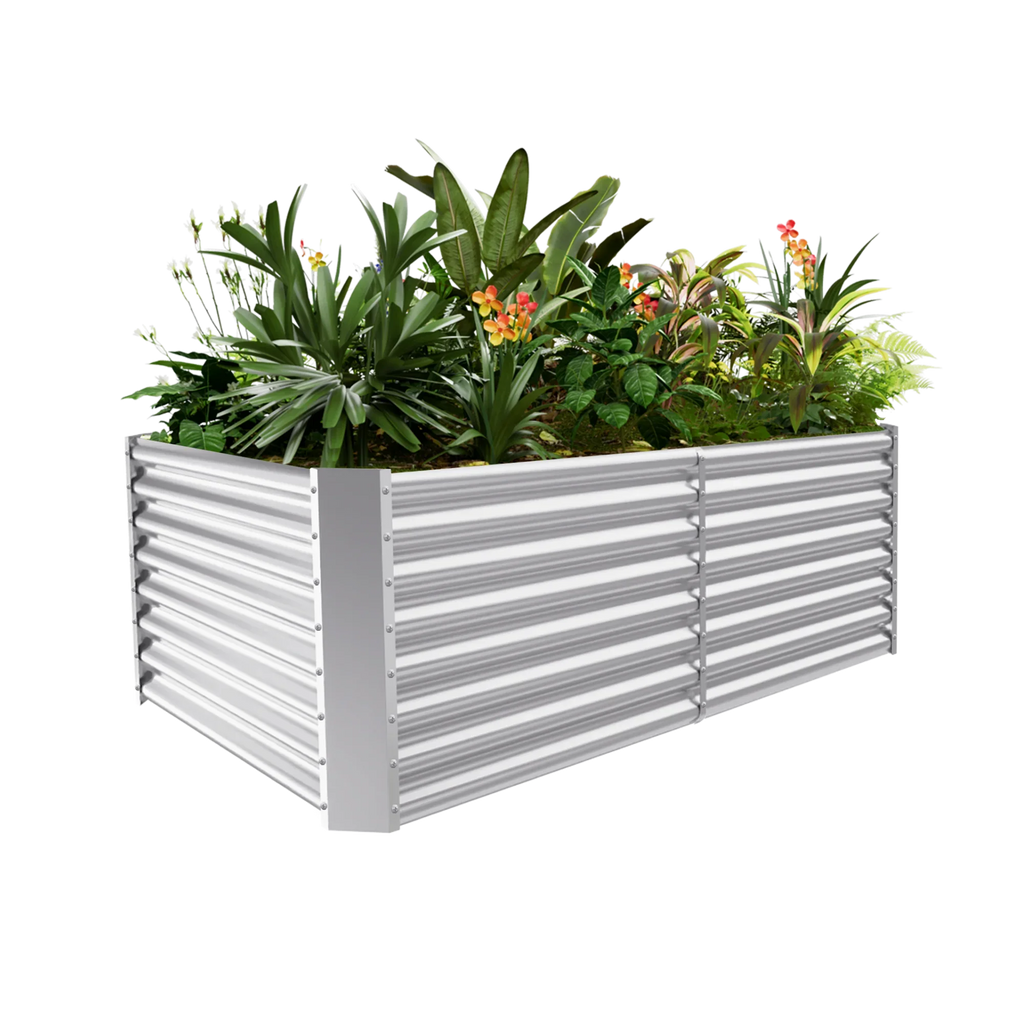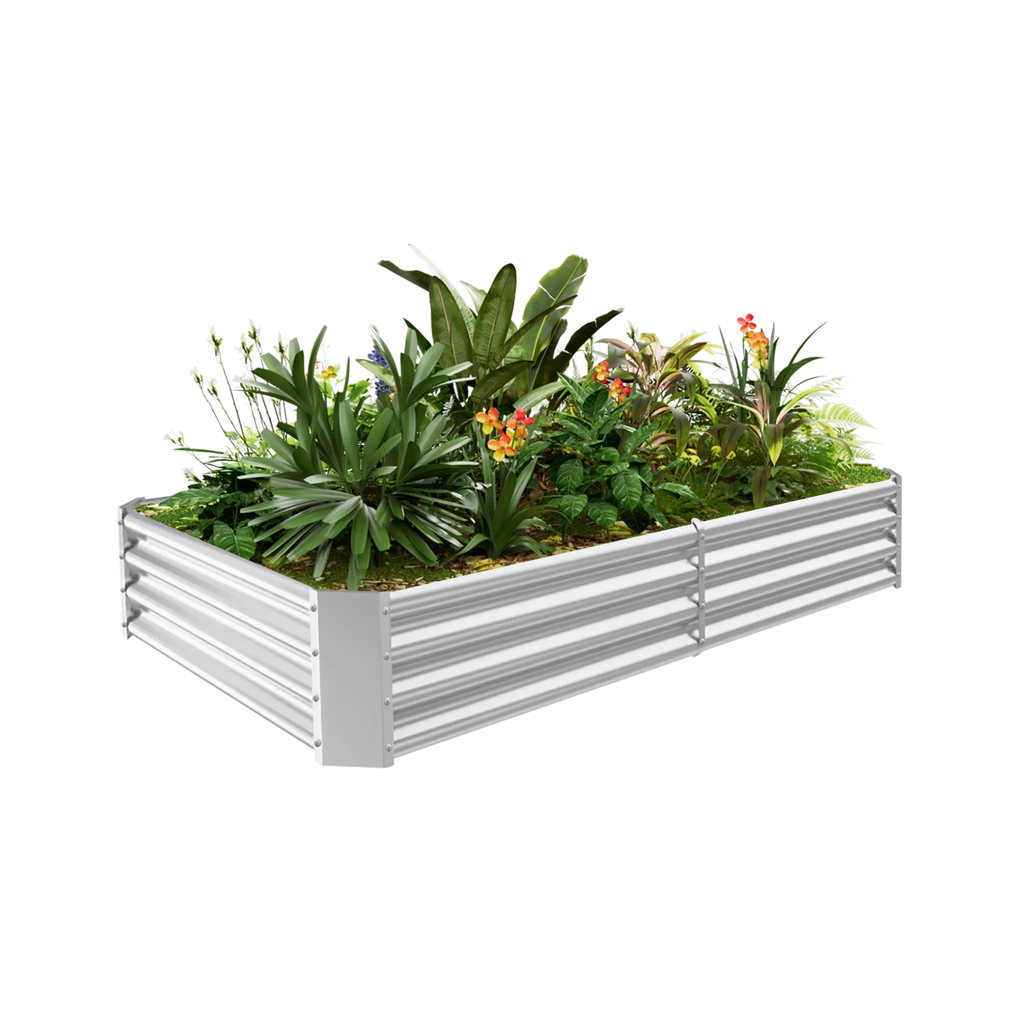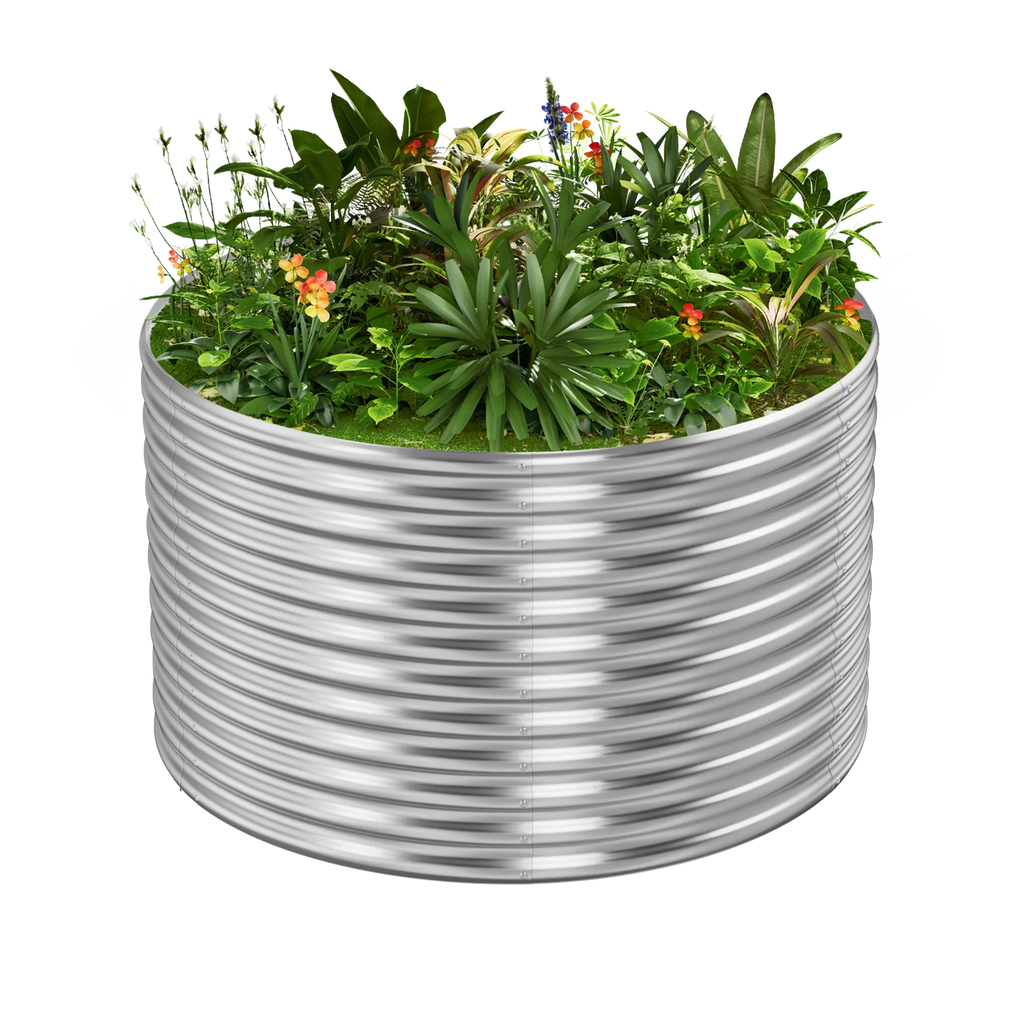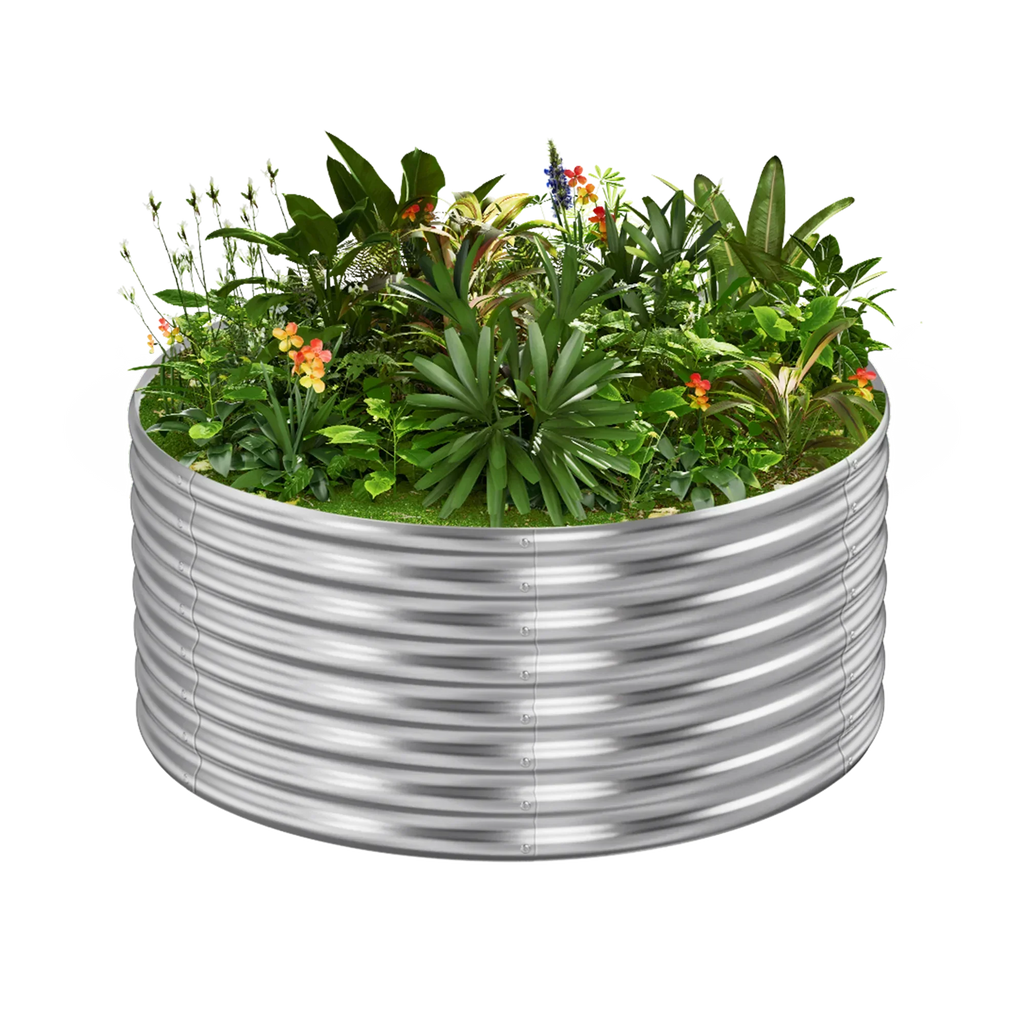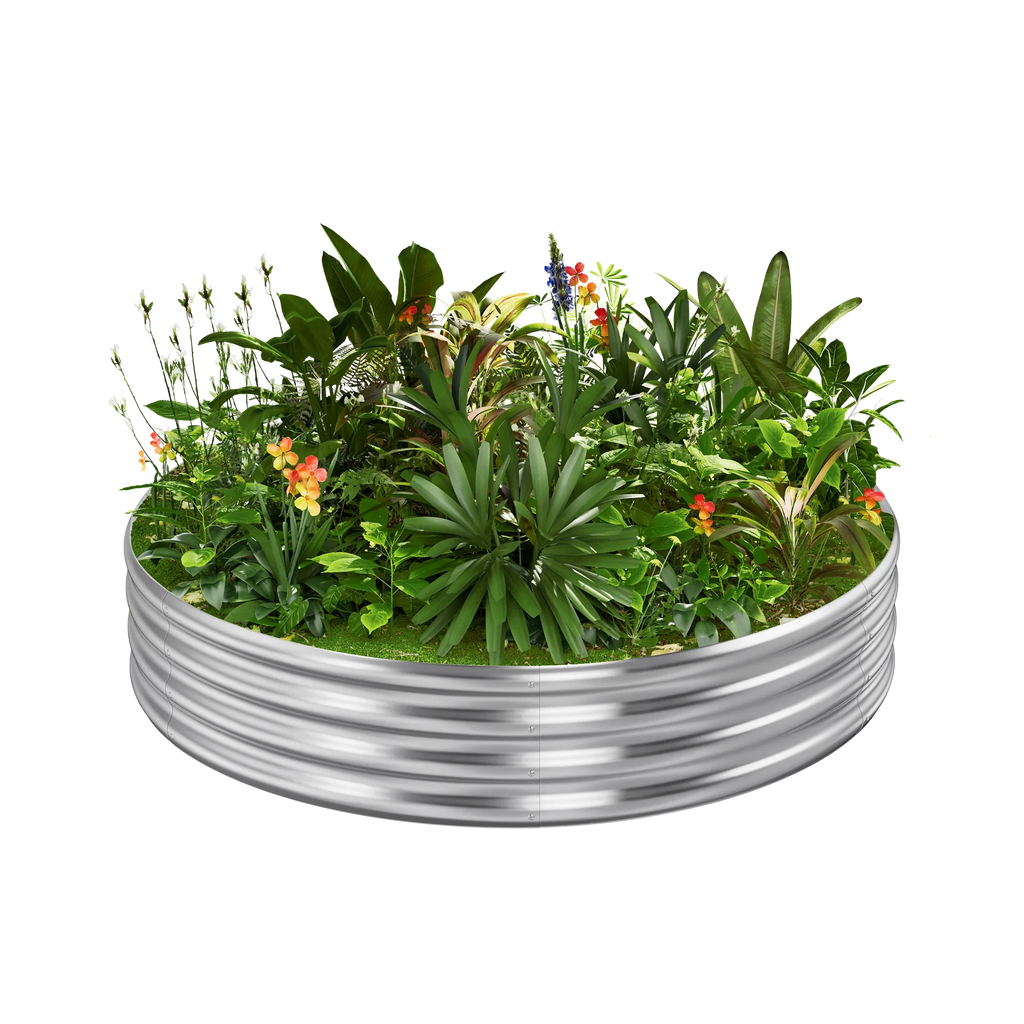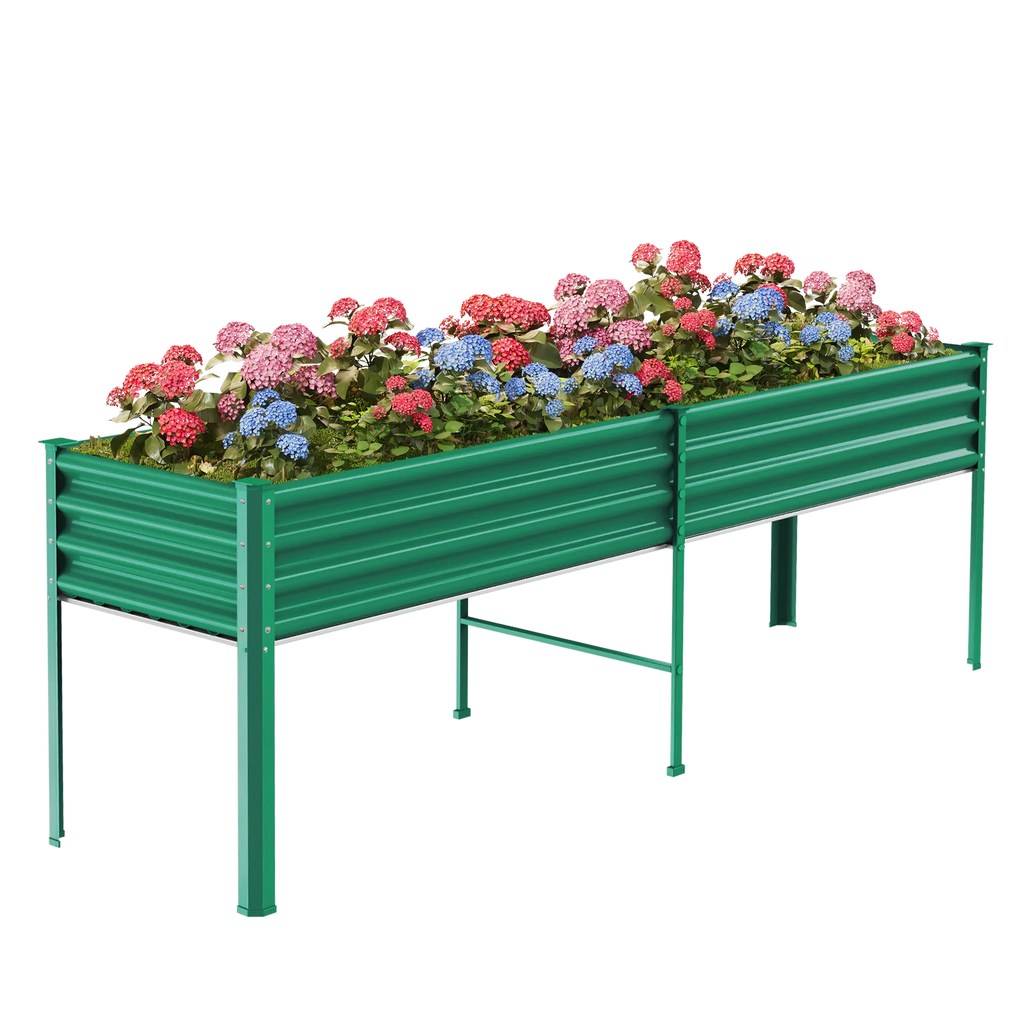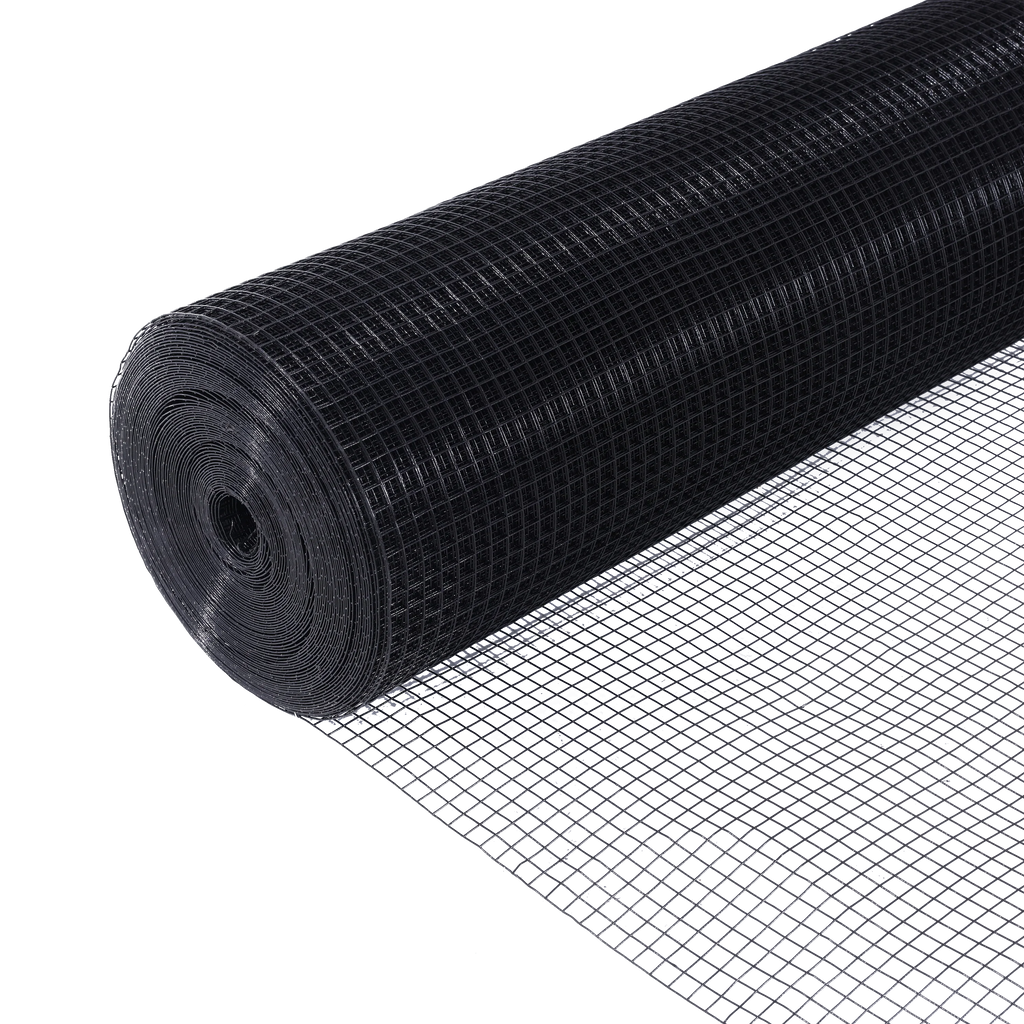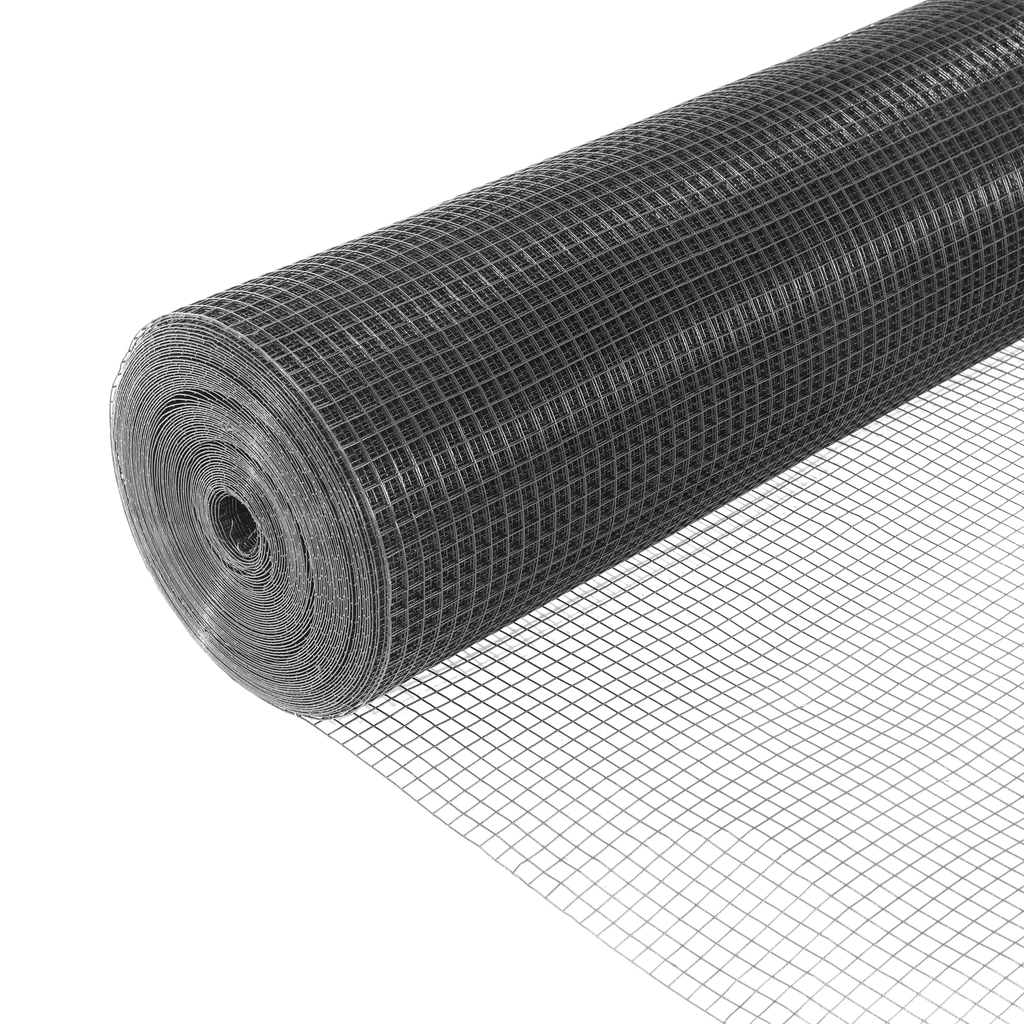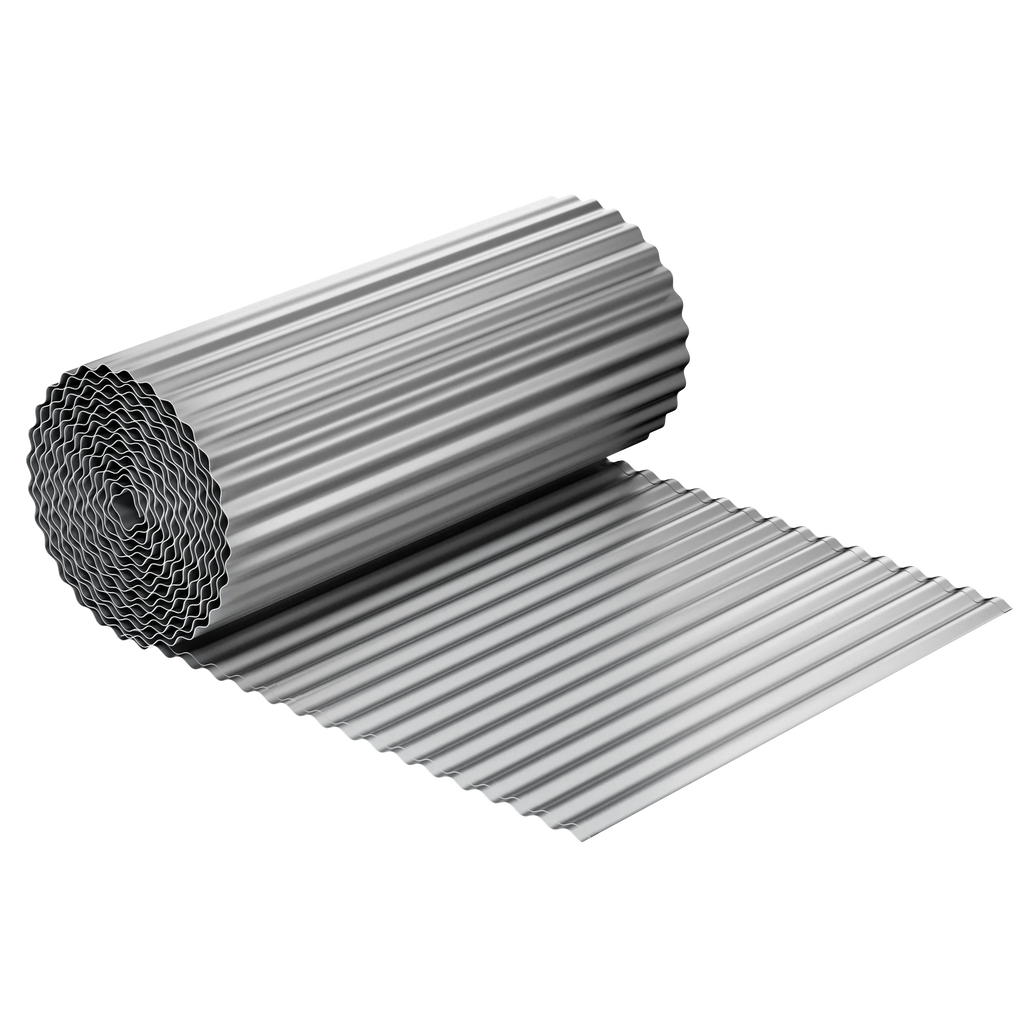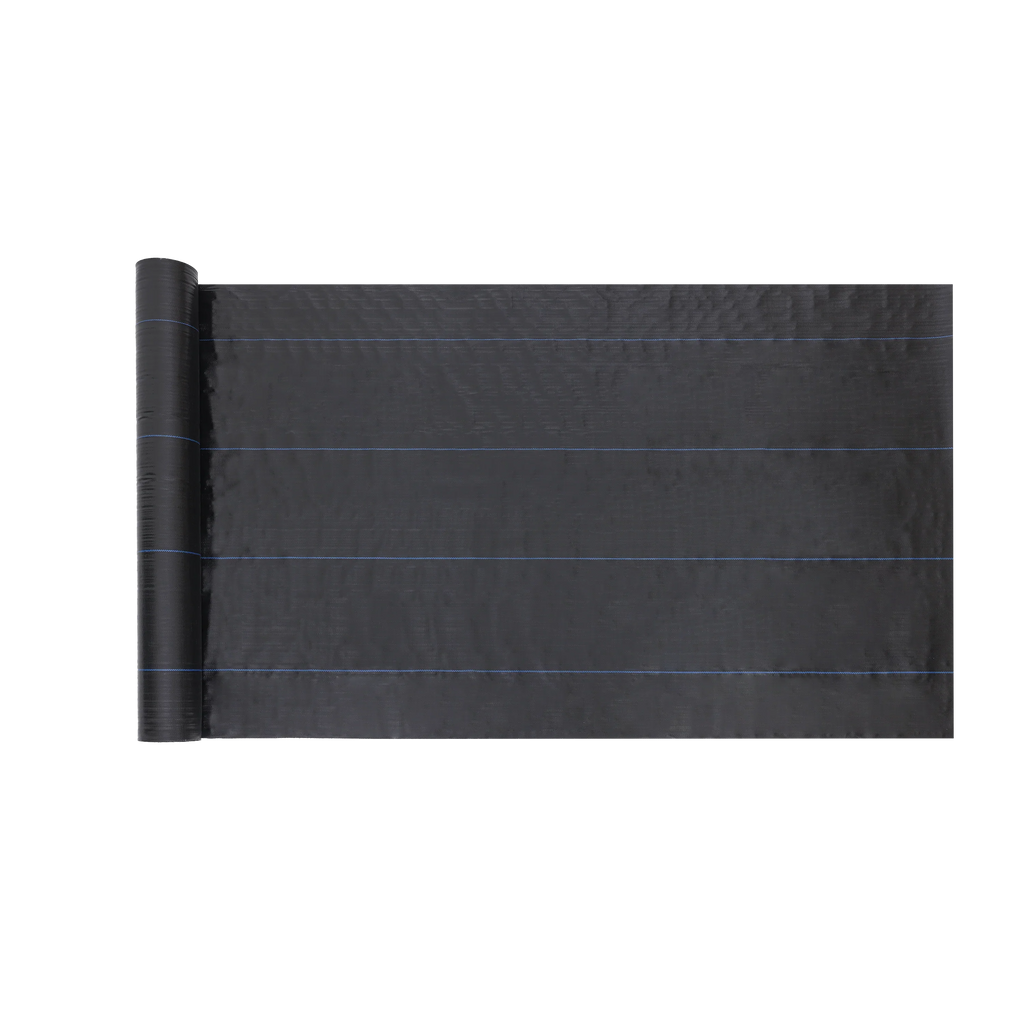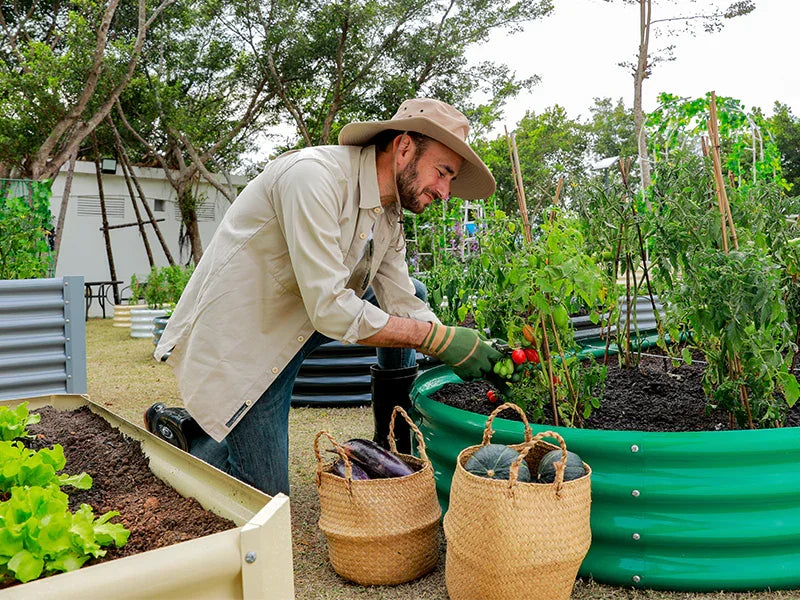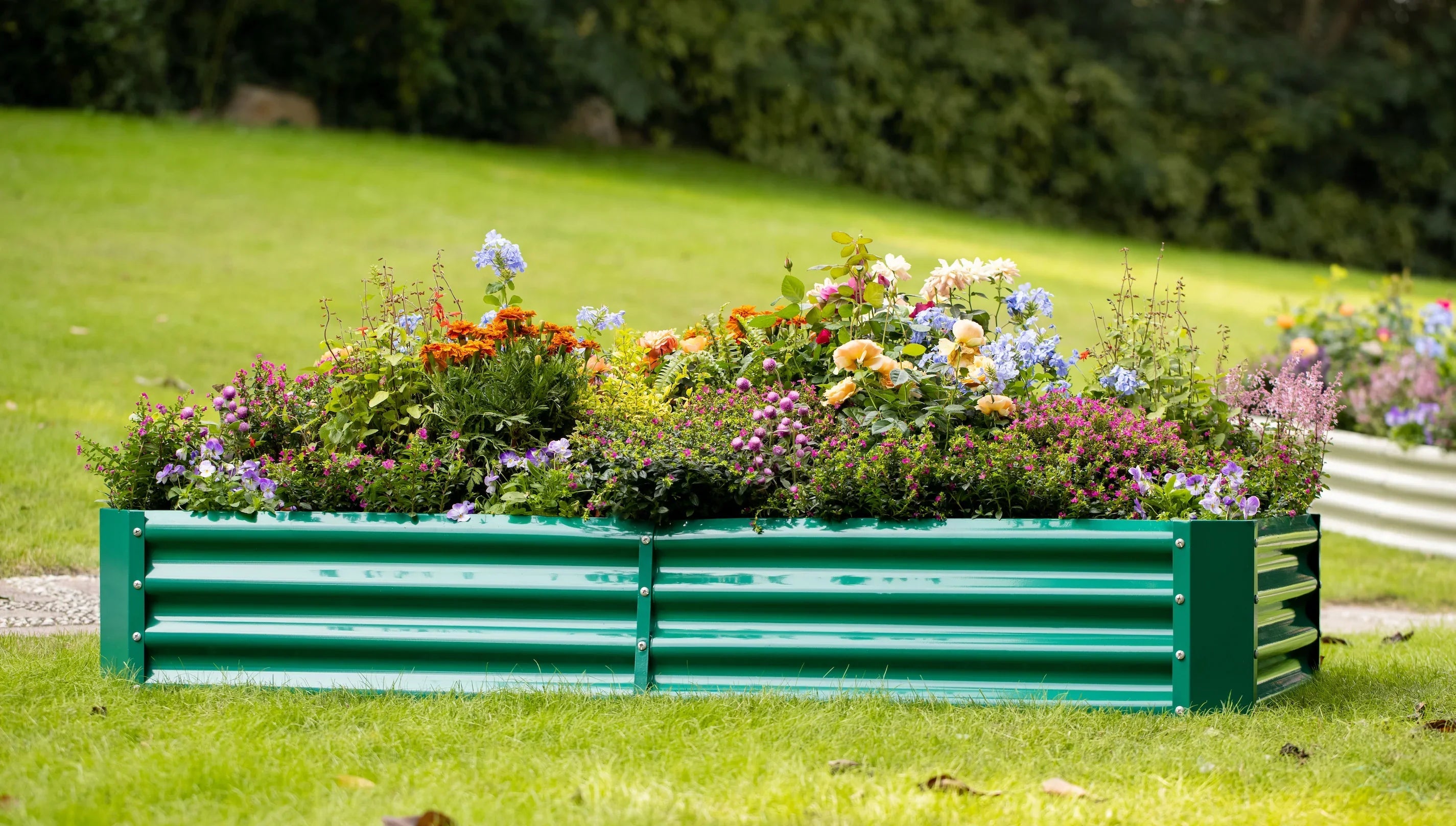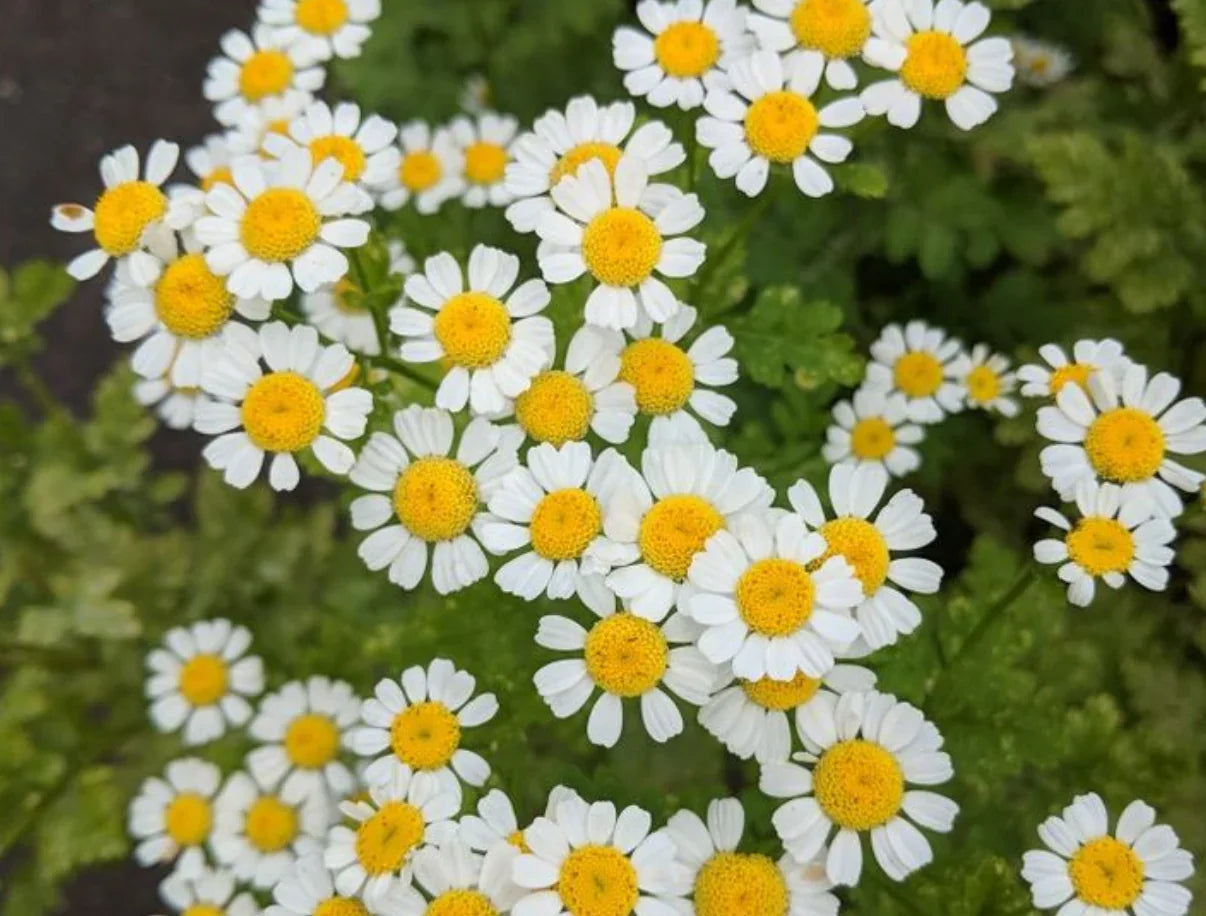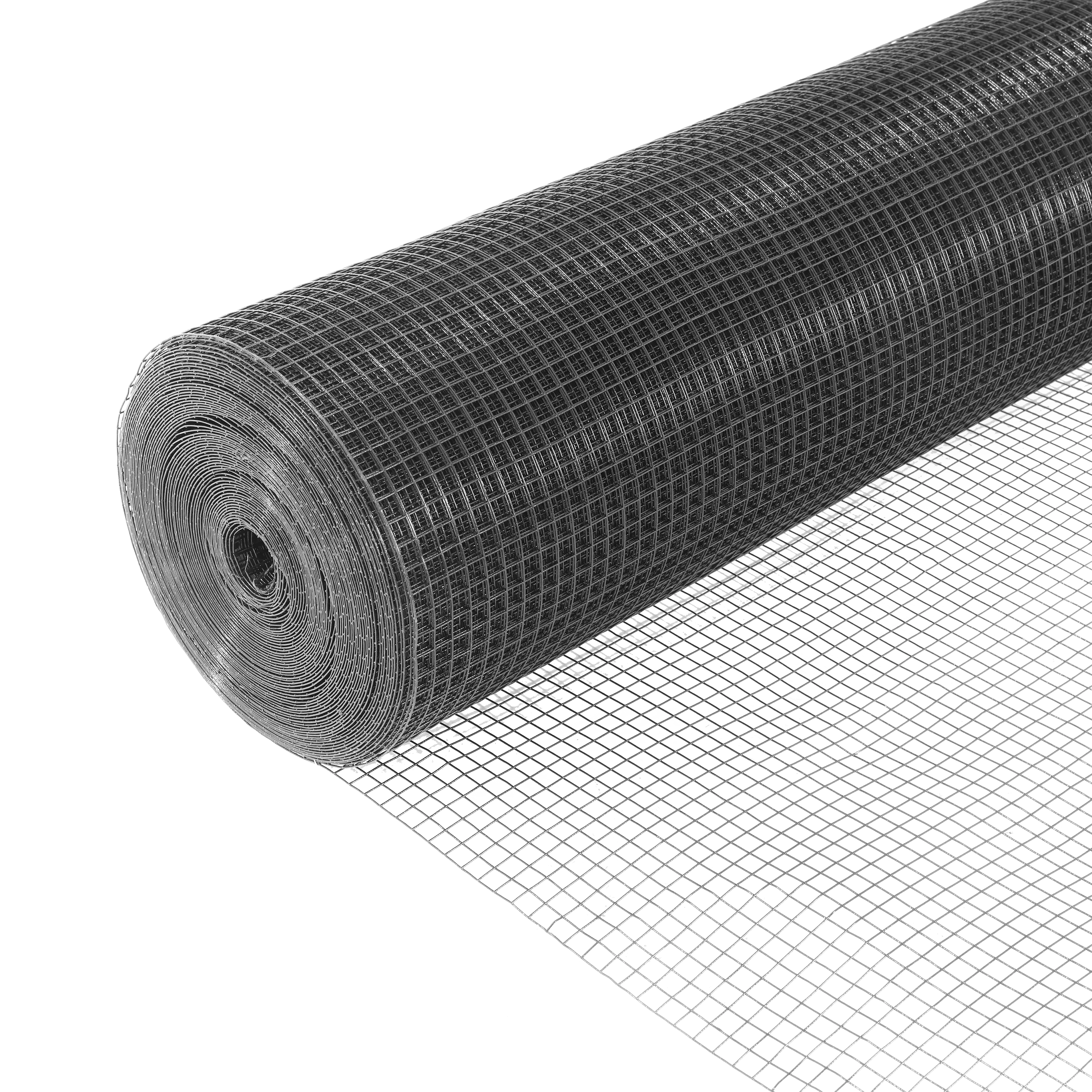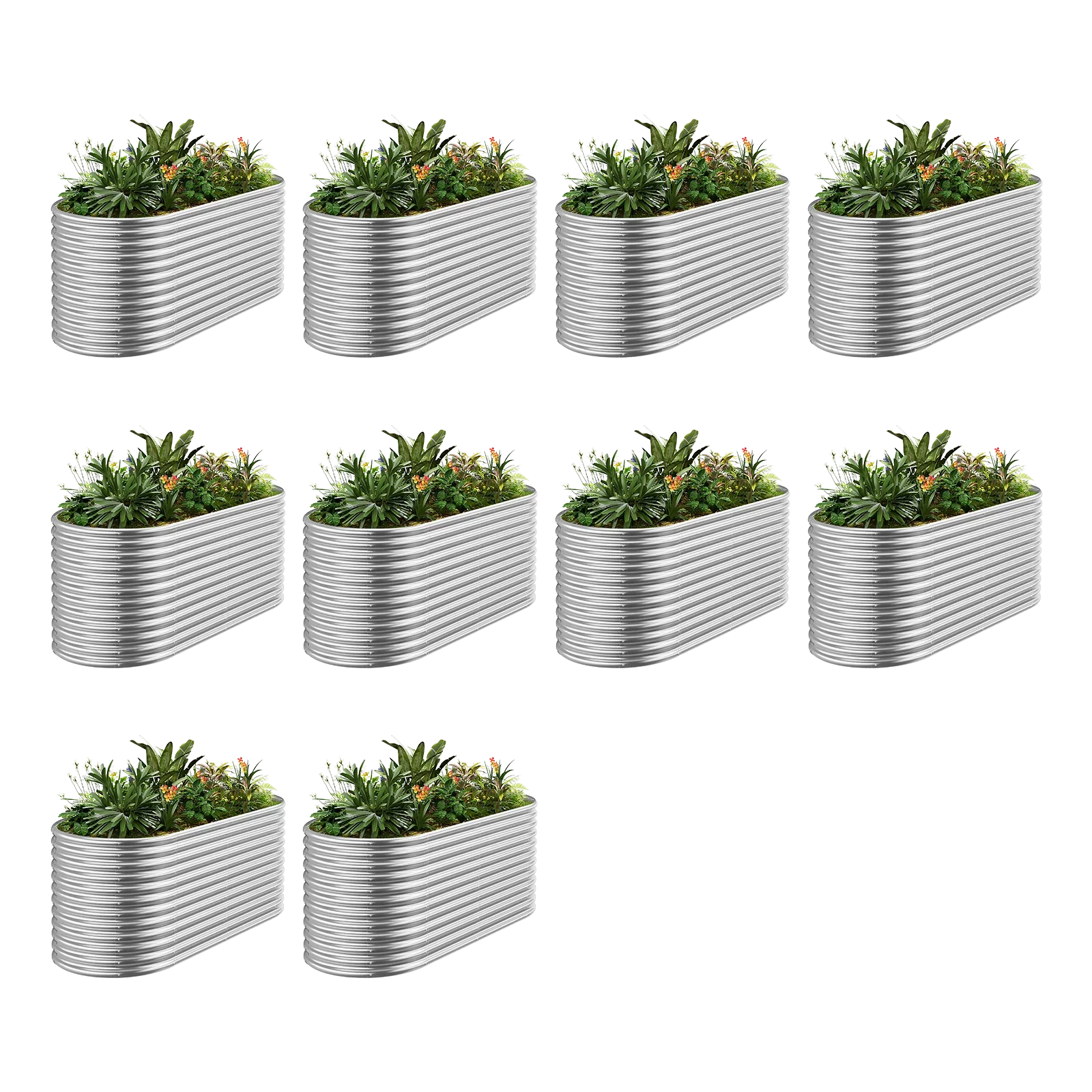Harvesting vegetables at the right time is key to enjoying the best flavor, texture, and nutrition from your garden. Pick too early, and your veggies might lack sweetness or be too tough. Wait too long, and they could turn mushy or lose their vibrant taste. But how do you know when the moment is just right? In this guide, we’ll walk you through the telltale signs of ripeness for some of the most popular garden vegetables. With these tips, you’ll be able to confidently pick your produce at its peak.
Why Timing Matters
Getting the timing right isn’t just about taste—it’s also about maximizing the hard work you’ve put into your garden. Vegetables harvested at the perfect moment are not only more delicious but also packed with nutrients. Plus, picking on time encourages your plants to keep producing, giving you a longer harvest season. So, let’s dive into the signals that tell you it’s time to grab your basket and start picking.
Leafy Greens: Lettuce, Spinach, and Kale
For leafy greens like lettuce, spinach, and kale, the key is to harvest before they bolt (start flowering), which makes the leaves bitter. Here’s what to look for:
· Lettuce: Pick when the leaves are tender and the head feels firm but not hard. For loose-leaf varieties, snip outer leaves as needed, leaving the center to grow.
· Spinach: Harvest when leaves are dark green and crisp. You can pick individual leaves or cut the whole plant at the base.
· Kale: Start picking when leaves are about the size of your hand. Remove outer leaves first, and the plant will keep producing from the center.
Root Vegetables: Carrots, Beets, and Radishes
Root veggies can be tricky since they’re hidden underground, but there are clues above the surface:
· Carrots: Look for the top of the root to push up slightly from the soil. The color should be bright, and the diameter about ¾ inch for most varieties.
· Beets: Check for the shoulders peeking out of the soil. They’re ready when they’re 1-3 inches wide, depending on the type.
· Radishes: These are quick growers. Harvest when the tops are about 1 inch across. If left too long, they can become woody.
Fruiting Vegetables: Tomatoes, Peppers, and Cucumbers
These veggies are all about color, size, and feel:
· Tomatoes: Pick when they’re fully colored (red, yellow, or whatever hue they’re meant to be) and slightly soft to the touch. If they’re still firm, leave them a bit longer.
· Peppers: For sweet peppers, wait until they reach their full color (green, red, yellow, etc.). Hot peppers can be picked green or left to ripen for more heat.
· Cucumbers: Harvest when they’re firm and bright green. Check the seed packet for the ideal size, as it varies by variety. Don’t let them turn yellow—that means they’re overripe.
Pod and Vine Vegetables: Beans, Peas, and Squash
Timing is everything for these garden favorites:
· Beans: Pick when pods are plump but not bulging. For snap beans, they should break cleanly when bent.
· Peas: Harvest when pods are full and round but before they start to wrinkle. Sugar snap peas are best when the pods are crisp.
· Squash: For summer squash like zucchini, pick when they’re 6-8 inches long. Winter squash should have a hard rind and deep color—test by pressing your thumbnail into the skin; if it doesn’t dent, it’s ready.
Herbs: Basil, Cilantro, and Parsley
Herbs are best harvested before they flower for the most flavor:
· Basil: Pinch off leaves regularly to encourage growth. Harvest whole stems just above a leaf pair to keep the plant bushy.
· Cilantro: Snip outer leaves as needed. If it starts to bolt, use the seeds as coriander.
· Parsley: Cut outer stems first, leaving the center to grow. It’s ready when the leaves are full and green.
Final Tips for a Bountiful Harvest
· Check Daily: During peak season, check your garden every day. Some veggies, like zucchini, can go from perfect to overgrown in just a couple of days.
· Use Sharp Tools: Clean, sharp scissors or pruners make harvesting easier and reduce damage to plants.
· Taste Test: When in doubt, taste a small piece. Your palate is often the best judge of ripeness.
Conclusion
Knowing when to pick your vegetables is a skill that comes with observation and practice. By paying attention to color, size, texture, and a few other key signals, you can ensure your harvest is as rewarding as possible. So, get out there, trust your instincts, and enjoy the fruits (and veggies) of your labor!










